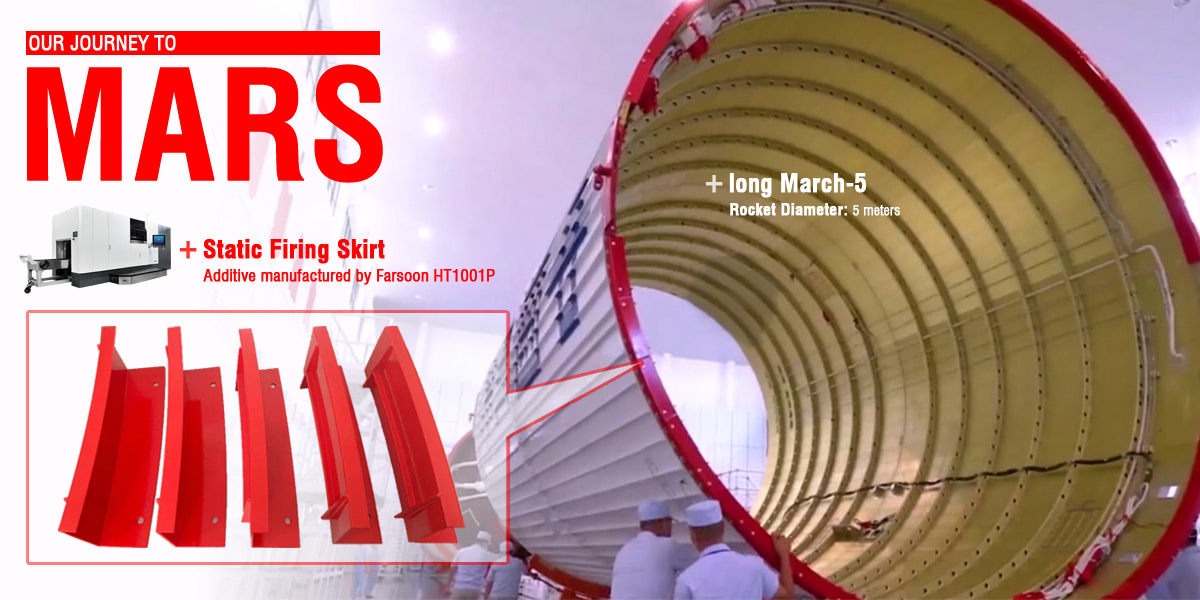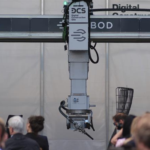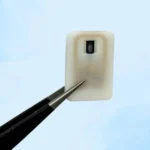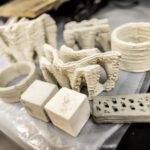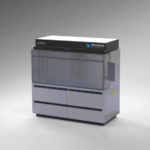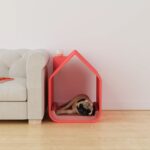In July 2020, the CNSA (Chinese National Space Agency) launched their Mars spacecraft on top of a Long March 5 rocket. The mission, known as Tianwen-1, comprises three segments, being an orbiter, a lander and a rover, all weighing in at over 5000kg.
The rocket itself contained 50 3D printed plastic components, all printed by AM company Farsoon on their Farsoon’s HT1001P polymer sintering system.
The polymer in question is Farsoon’s own fs3300pa nylon powder, and it was used to produce the 5 metre diameter static firing skirt, in 50 seperate parts. Each piece measured 370 x 100 x 125 mm, and underwent post-processing to make the parts waterproof and resilient to salt spray.
It also has the lowest bulk density and lowest part density (after sintering) of the company’s polymer lineup, which is probably another reason why they selected it for the rocket.
The entire assembly took only 48 hours to print. Typically these static firing skirts are manufactured from aluminium, so it’s a fair bet they may saved some time compared to traditional machining methods too.
So what does the static firing skirt do?
A multistage rocket such as the Long March 5 gets to orbit by shooting exploding fuel from the first stage tanks, via the engine. When that stage is empty of fuel, and has reached its maximum velocity, it sheds mass by jettisoning the first stage tank and engines, and the second stage ignites, building up on the velocity imparted from the previous stage. And so on, depending on how many stages there are. This helps to keep mass down on the rocket. Without this multi staging approach, it would simply be impossible to hoist so much mass into space. The empty fuel tanks become dead weight once they are empty, hence they are jettisoned.
Joining the stages together are various mechanisms and structures, ensuring that all the stages remain intact until they are required to be jettisoned…and that they jettison on command.
The static firing skirt provides a temporary structural medium between the stage and the aft support ring to protect the unlocking device between the stages. It is cylindrically shaped and fitted with internal and external lift points, facilitating stage handling.
So that’s what it is. It isn’t a load bearing structure, so in this instance, a strong polymer is a worthy substitute for aluminium.
Ironically, we think we know what happened to the first stage after it had performed its task.
It washed up on a beach about 500 miles from this writer’s house a few weeks ago.

CNSA has not confirmed that this is a fragment from the rocket, but given the time frame of the discovery, and the trajectory, it is highly likely that the Long March 5 that hoisted Tianwen-1 has had part of the debris land in the Philippines.


